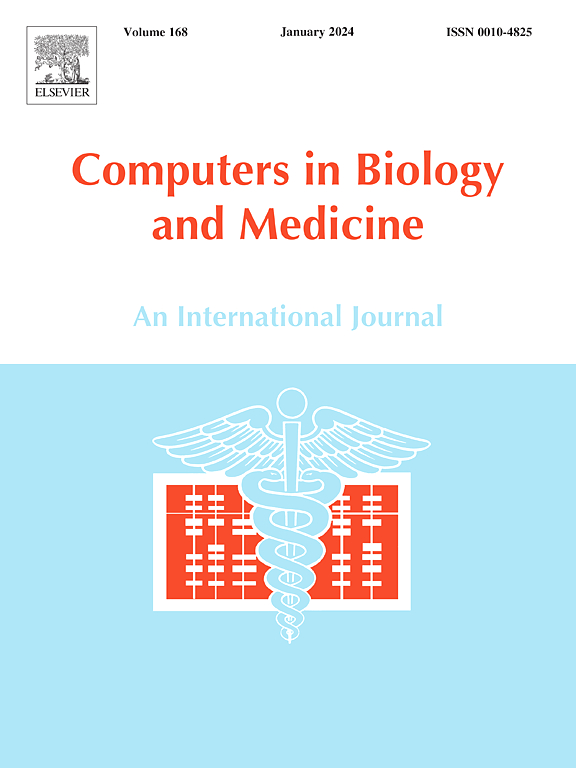下颌重建虚拟手术计划中的生物力学评估
IF 6.3
2区 医学
Q1 BIOLOGY
引用次数: 0
摘要
腓骨游离皮瓣已广泛应用于颌面部大面积骨缺损的修复。虽然下颌重建需要高度的精度,但手术偏差对临床结果的影响仍然知之甚少。这项研究解决了手术中的几何误差,并检查了加载模式对重建下颌骨生物力学行为的影响。使用三个典型病例的CT数据(两个布朗II类缺陷和一个III类缺陷)建立了患者特定的有限元(FE)模型,重建了单、双、三节腓骨。计算分析结果显示,将原生骨和移植骨之间的间隙最小化可使重建板上的应力减少约30%。当间隙不可避免时,前路放置导致最小的生物力学影响,仅增加6%的应力。为了优化效果,建议同侧和对侧交替进行后路负荷,以确保截骨部位有足够的接触压力,同时将钢板上的应力降至最低。此外,切牙负荷应限制在有多个移植节段的患者,以防止应力集中在板上。这些计算机研究结果为改进手术技术和制定患者特异性咬合负荷指南提供了重要的生物力学见解,最终改善了下颌骨重建的长期结果。本文章由计算机程序翻译,如有差异,请以英文原文为准。
Biomechanical assessment in virtual surgical planning for mandibular reconstruction
The fibula free flap has been widely used for reconstructing large segmental bone defects in the maxillofacial region. While mandibular reconstruction requires a high degree of precision, the impact of surgical deviations on clinical outcomes remains poorly understood. This study addressed geometric inaccuracies during surgery and examined the effects of loading patterns on the biomechanical behavior of reconstructed mandibles. Patient-specific finite element (FE) models were developed using CT data from three representative cases - two with Brown Class II defects and one with a Class III defect - reconstructed with single, double, and triple fibula segments. The computational analysis results revealed that minimizing the gap between native and grafted bones reduces stress on the reconstruction plate by approximately 30%. When gaps are unavoidable, anterior placement results in the least biomechanical impact, increasing stress by only 6%. To optimize the outcome, alternating ipsilateral and contralateral posterior loading is recommended to ensure adequate contact pressure at the osteotomy site while minimizing the stress on the plate. In addition, incisor loading should be limited to patients with multiple grafted segments to prevent stress concentration on the plate. These in-silico findings provide critical biomechanical insights to refine surgical techniques and develop patient-specific occlusal loading guidelines, ultimately improving long-term outcomes in mandibular reconstruction.
求助全文
通过发布文献求助,成功后即可免费获取论文全文。
去求助
来源期刊

Computers in biology and medicine
工程技术-工程:生物医学
CiteScore
11.70
自引率
10.40%
发文量
1086
审稿时长
74 days
期刊介绍:
Computers in Biology and Medicine is an international forum for sharing groundbreaking advancements in the use of computers in bioscience and medicine. This journal serves as a medium for communicating essential research, instruction, ideas, and information regarding the rapidly evolving field of computer applications in these domains. By encouraging the exchange of knowledge, we aim to facilitate progress and innovation in the utilization of computers in biology and medicine.
 求助内容:
求助内容: 应助结果提醒方式:
应助结果提醒方式:


